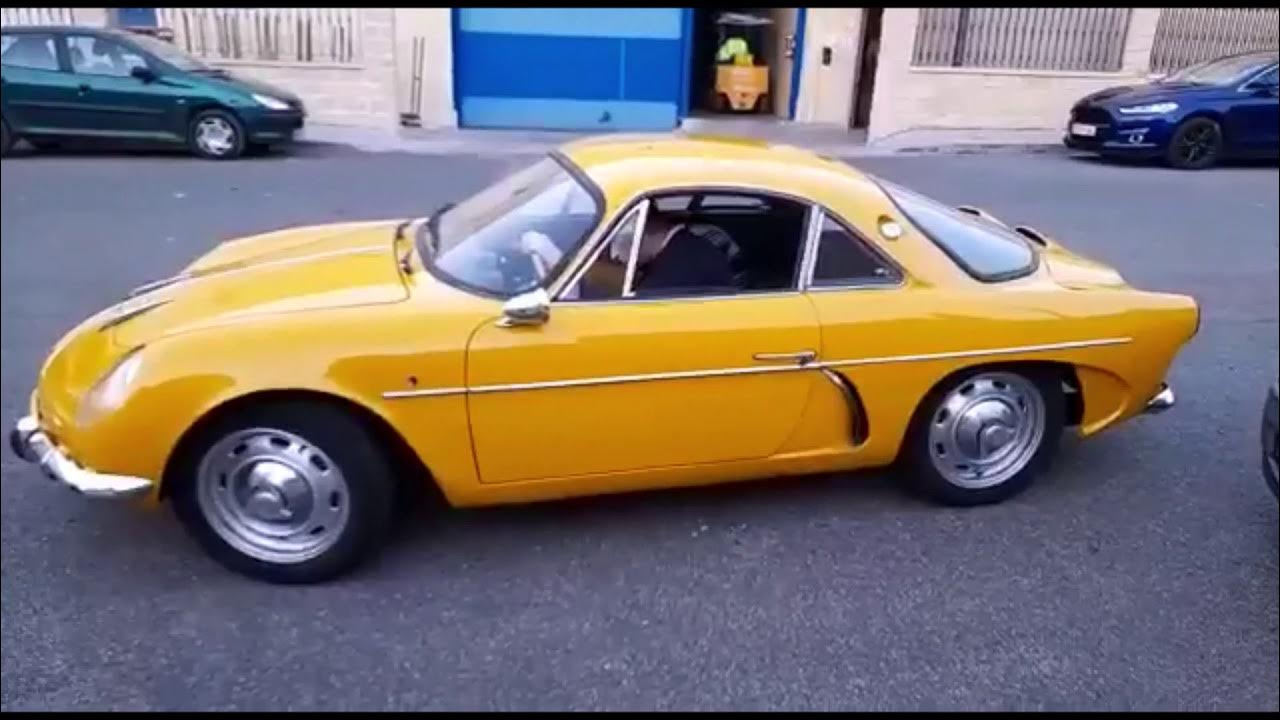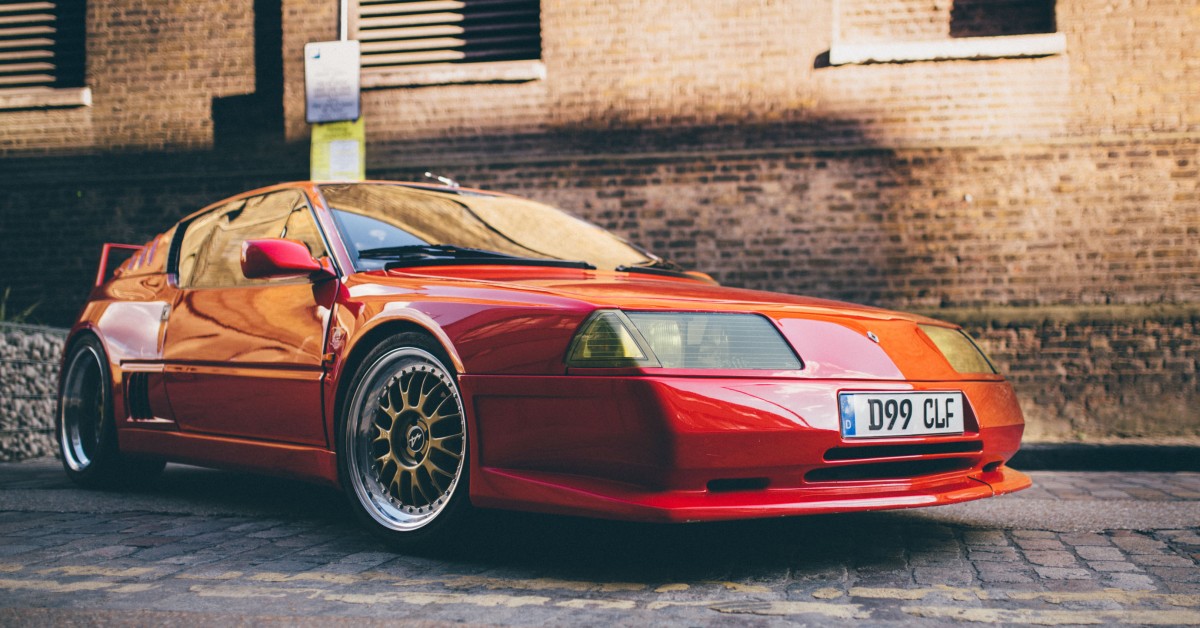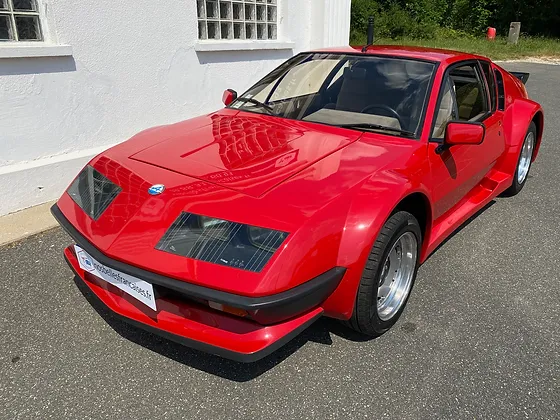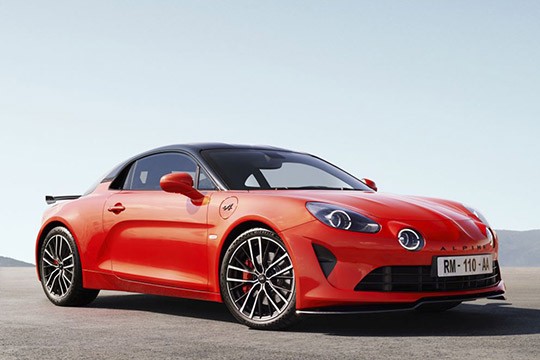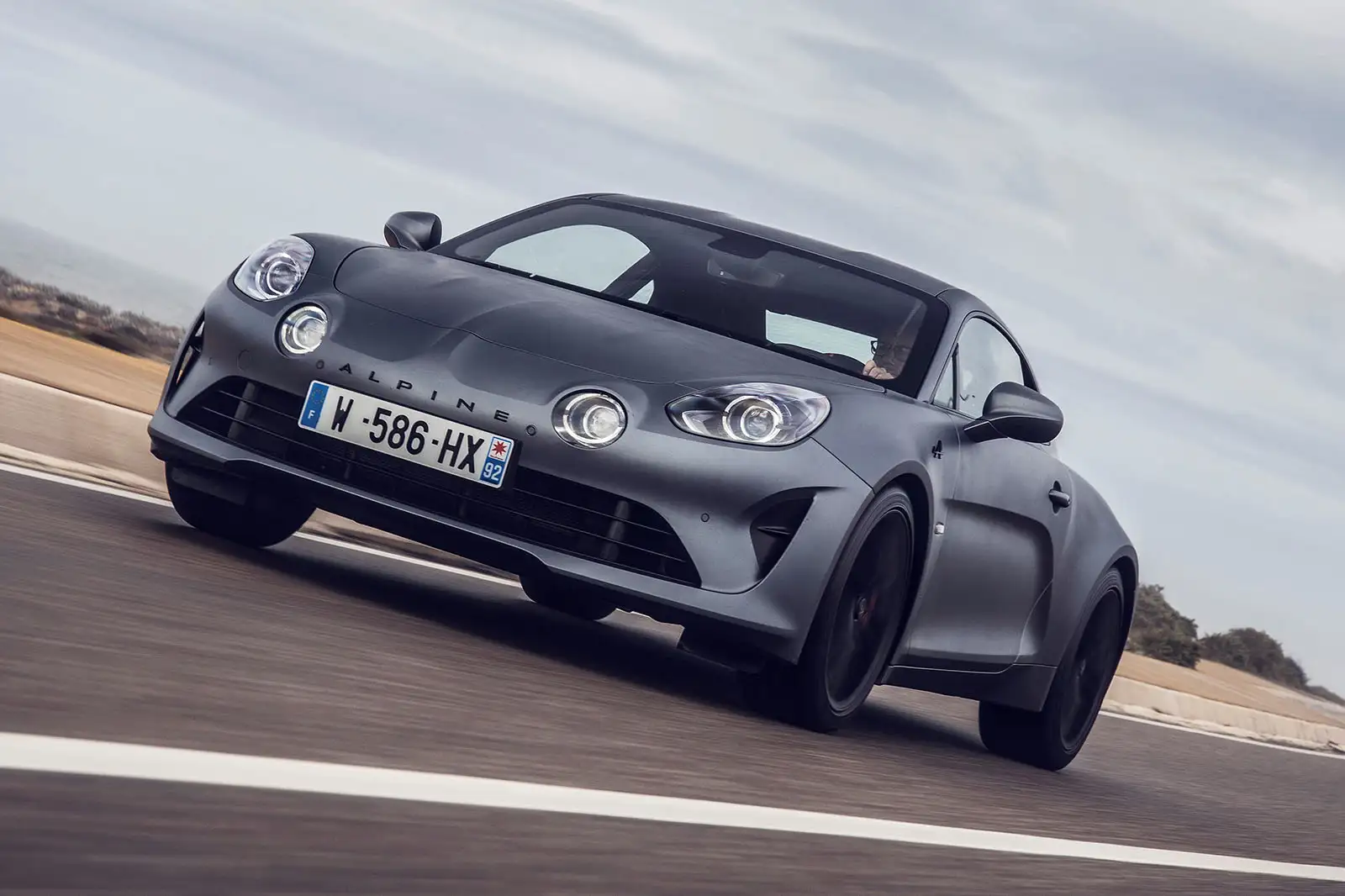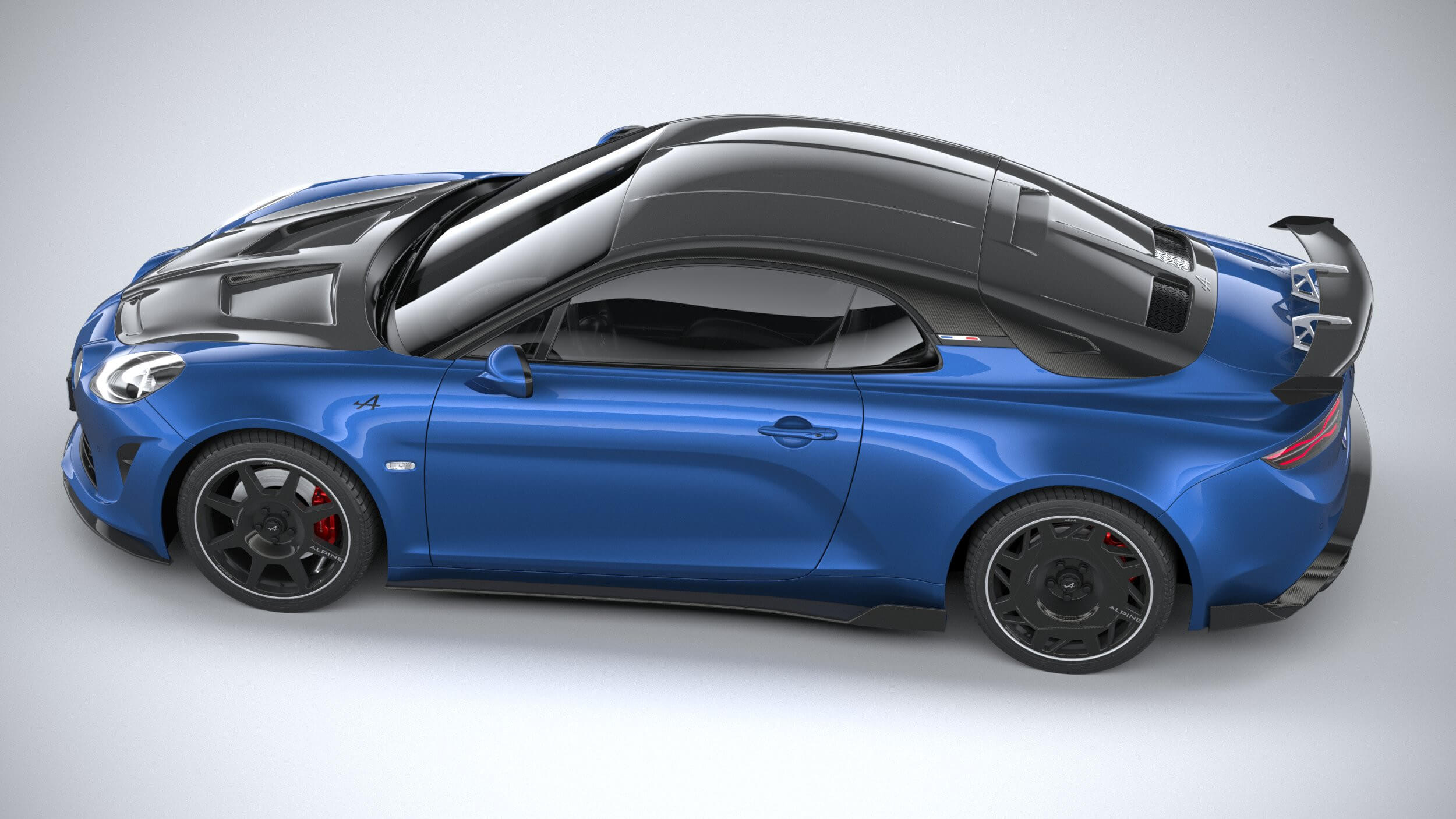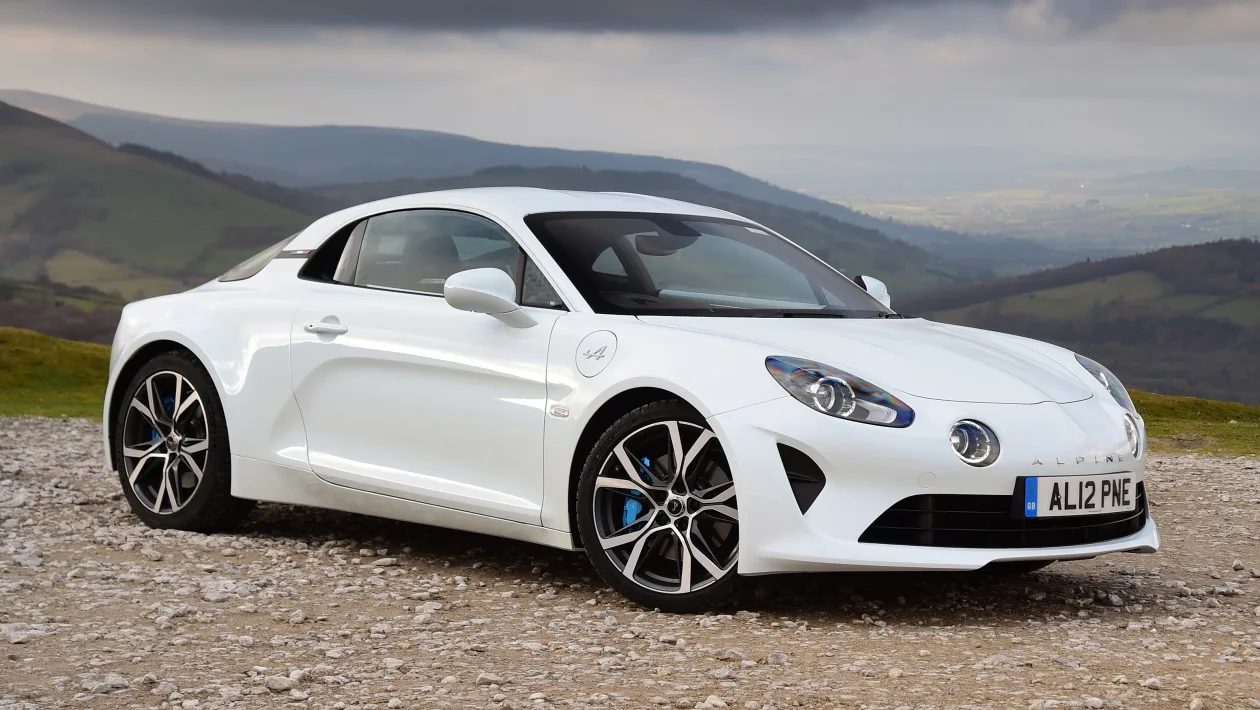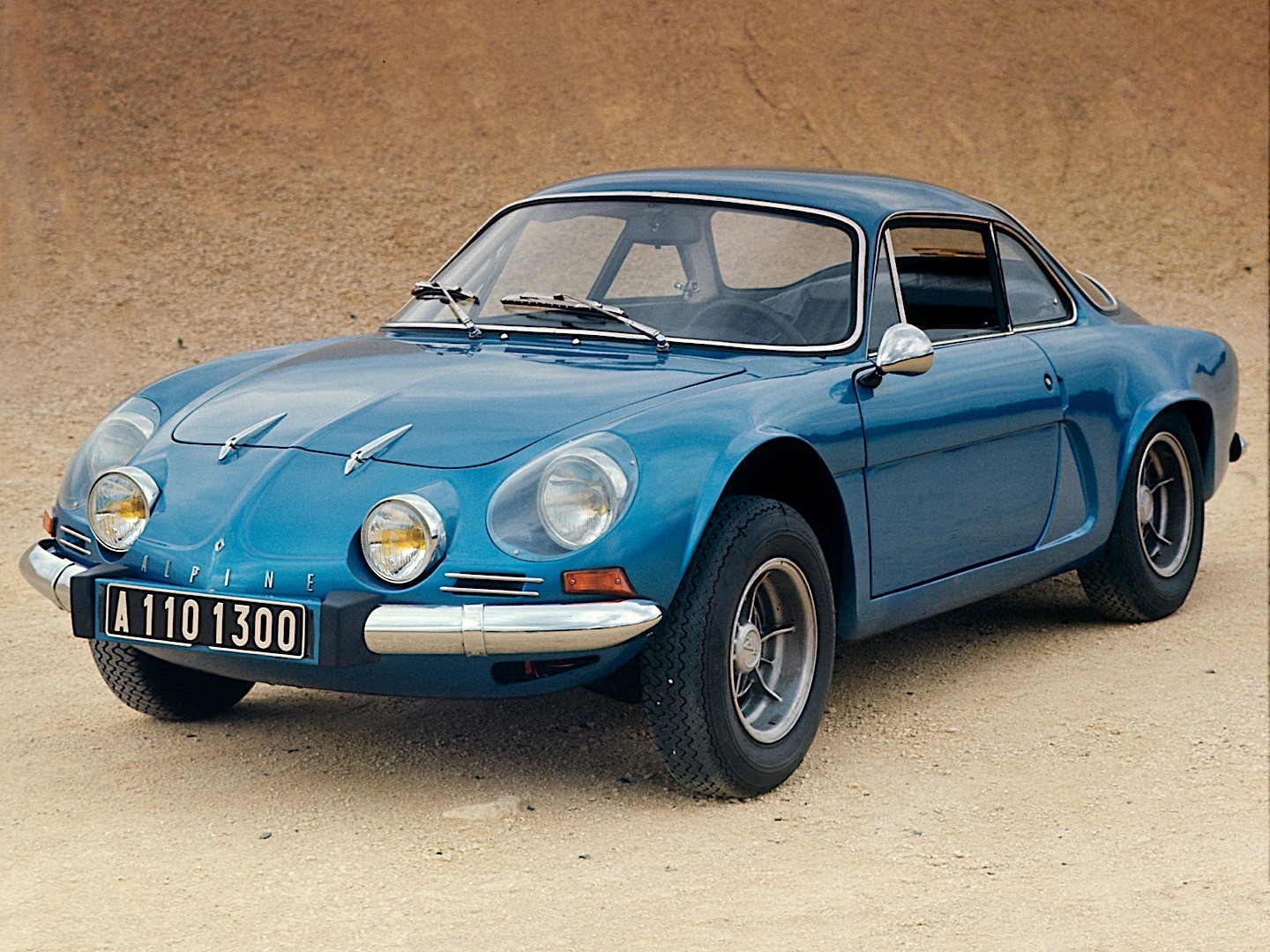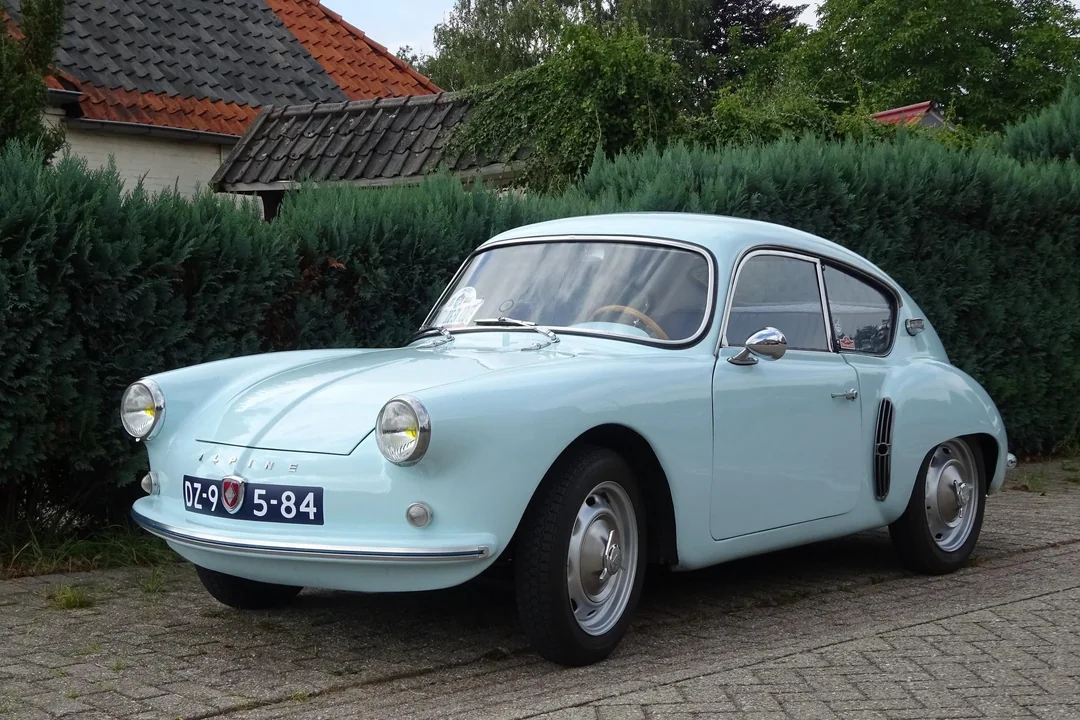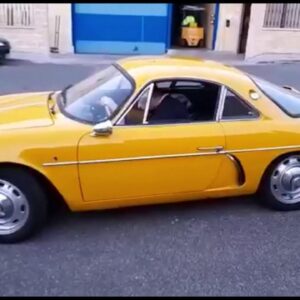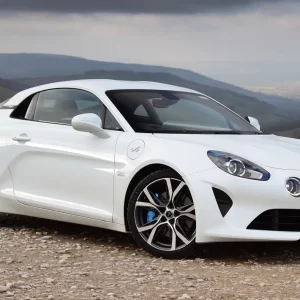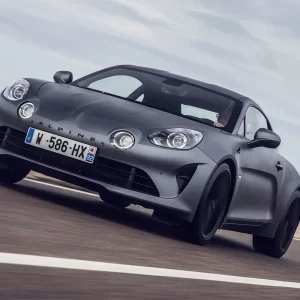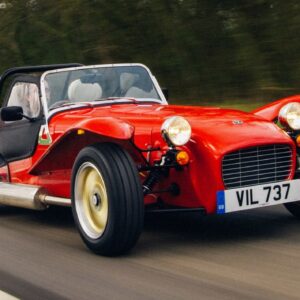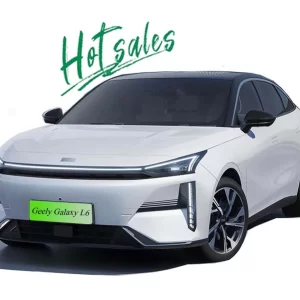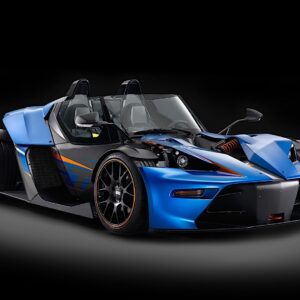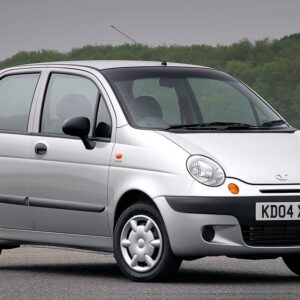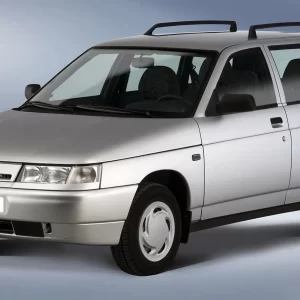Alpine A108 Overall Review
The Alpine A108 is a remarkable chapter in the storied history of Alpine, a French manufacturer known for producing sports cars with exceptional handling and performance. Introduced in the late 1950s, the A108 continued the Alpine tradition of lightweight, rear-engined vehicles designed primarily for rallying and road racing. It laid the groundwork for the more famous Alpine A110 that would follow, but the A108 itself holds a special place in the annals of sports car history for its design, performance, and the innovative use of materials.
Constructed around a steel backbone chassis, the A108 was one of the early adopters of fiberglass bodywork, a choice that significantly reduced the car’s weight and improved its performance and handling characteristics. This lightweight construction, coupled with a rear-mounted engine, gave the A108 an excellent power-to-weight ratio and agile handling, qualities that were highly prized in motorsport.
Under the rear bonnet, the A108 was initially powered by a variety of small-capacity engines sourced from Renault, starting with a modest 845 cc powerplant. Despite its small size, the engine benefitted from the car’s lightweight design, allowing it to punch above its weight in performance. Over its production run, the A108 saw various engine upgrades that enhanced its power and speed, making it a competitive entrant in rally and endurance racing events.
Stylistically, the A108 was a precursor to the iconic A110, featuring a sleek, aerodynamic design with distinctive rear engine vents and a long, sloping rear deck. Its compact dimensions and sporty silhouette made it instantly recognizable and admired among sports car enthusiasts. The interior of the A108 was Spartan, focusing on reducing weight and maximizing performance, but it remained comfortable enough for regular use and long-distance rallies.
The Alpine A108’s success on the rally stages helped to cement Alpine’s reputation as a manufacturer of capable and innovative sports cars. It demonstrated the potential of fiberglass bodywork and rear-engine configurations, influencing the design and engineering of future Alpine models and other sports cars of the era.
FAQs about the Alpine A108
Q: When was the Alpine A108 first introduced?
A: The Alpine A108 was first introduced in 1958.
Q: What kind of engine did the Alpine A108 use?
A: The Alpine A108 initially used small-capacity Renault engines, starting with an 845 cc engine.
Q: What was the body of the Alpine A108 made of?
A: The body of the Alpine A108 was made of fiberglass, which contributed to its lightweight and improved performance.
Q: How did the Alpine A108 perform in motorsport?
A: The Alpine A108 performed admirably in motorsport, especially in rallying, due to its lightweight design and agile handling.
Q: Is the Alpine A108 a collectible car today?
A: Yes, the Alpine A108 is considered a collectible car today, valued for its historical significance, innovative design, and motorsport heritage.
Q: What distinguishes the Alpine A108 from the Alpine A110?
A: The Alpine A108 laid the groundwork for the A110, with the latter being more widely recognized and featuring improved performance and design enhancements. The A108 is considered more of a rarity and a precursor to Alpine’s success with the A110.
Q: Were there different versions of the Alpine A108?
A: Yes, the Alpine A108 was available in several variants, including a coupe and a convertible, each with different engine options and specifications.
Q: Can parts for the Alpine A108 still be found?
A: Parts for the Alpine A108 can be challenging to find due to its age and rarity. Owners may need to seek out specialists or custom fabrication for restoration and maintenance.
Q: What makes the Alpine A108 special among classic sports cars?
A: The Alpine A108 is special for its pioneering use of fiberglass bodywork, rear-engined layout, and its role in establishing Alpine’s reputation in motorsports and as a producer of innovative and performance-oriented sports cars.
